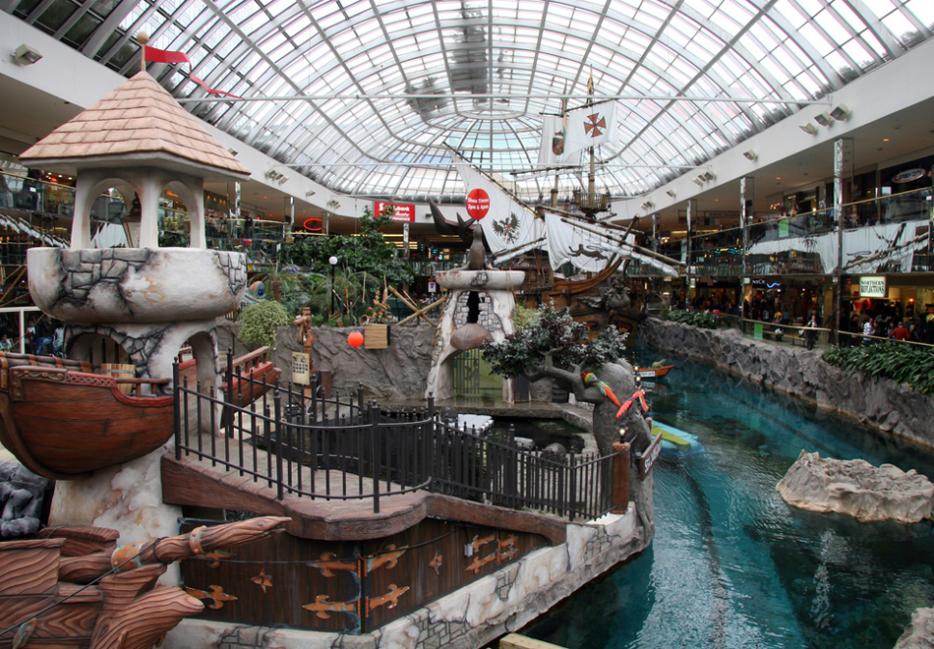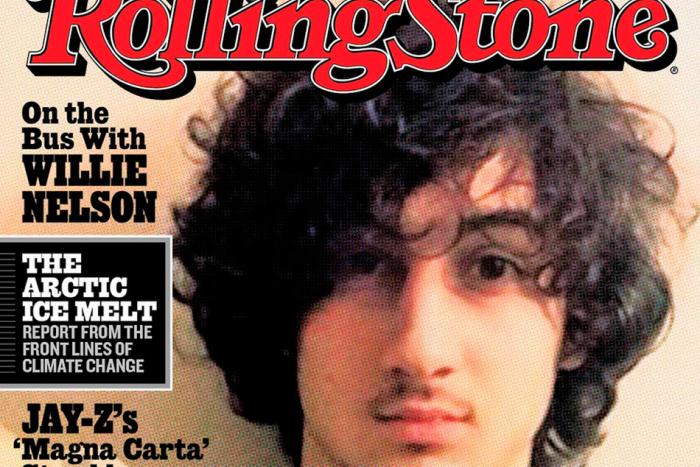Before I begin, let me say this: it’s not my fault. I didn’t want this to happen. I certainly didn’t expect it to. And if you’d told me I’d be sharing it with other people, exposing my shame to national scrutiny? Well, let’s just say that if you’d presented me with the scenario upon my arrival in Edmonton three years ago and asked me to place it on a continuum of unpleasantness, it probably would have fallen somewhere between debating Rob Ford on a matter of public policy and being water-boarded by him. But here I am, telling you… that I like the West Edmonton Mall. Not ironically, not sarcastically, but honestly and, for the most part, unapologetically.
Let me explain.
For about as long as I can remember, I’ve had an innate ability to map new geographical terrain and know my way around it almost instantly; I like to think of it as an internal GPS. It’s come in handy while getting to know the four major cities in which I’ve lived so far (Vancouver, Ottawa, Toronto, and now Edmonton). It helped me avert disaster—or, at the very least, humiliation—when I tried to pilot a rented car from Charles De Gaulle airport to a small town in the Ardennes forest without using a map or any enabling piece of technology. Yes, I got lost—and there’s a reason why the pleasures of getting lost on a Parisian highway aren’t talked about in the city’s promotional literature—but I managed to figure out my location and how to get to my destination without exposing myself to the unbearable shame (for an idiot like myself, anyway) associated with asking for directions.
That’s the good part. Less good is the fact that I don’t have the ability to shut this off. What was downright horrifying at the time was the fact that, as I discovered a year or so ago, it had applied itself to the West Edmonton Mall. Yes, I knew my way around the West Edmonton Mall instinctively. This was not the kind of instinct I had hoped to cultivate when I moved to the City of Champions. By just about any conceivable standard, the West Edmonton Mall is an abomination. Aesthetically, it’s like the product of some ill-conceived marriage between Soviet brutalism and no-holds-barred American capitalism, with a dash of P.T. Barnum’s hucksterism tossed into the cauldron for good measure. If it’s Edmonton’s most famous landmark, that’s as much by decree as by design. And when I came here to take a job in the magazine industry, I swore up and down that I would never, ever go back there.
I’d been once already when I was 10 years old, and my father and I were driving across western Canada on a ritualized bonding experience. My only memory of that visit is of him rear-ending me so hard on the bumper cars that they had to stop the ride while I collected my glasses from the floor—not exactly the stuff of nostalgia. This time, it helped that I didn’t buy a car when I moved here, Of course, in an otherwise transit-challenged city such as Edmonton, there is a smorgasbord of dedicated buses and express routes connecting the downtown core to the mall that has hollowed it out. Still, I’d made a vow, and I intended to keep it.
Until 2004, West Edmonton was the largest mall in the world, with over 800 stores and services employing 23,000 people, covering 490,000 square metres, and offering parking for more than 20,000 vehicles. It opened on September 15, 1981, with expansions added to the commercial behemoth in 1983, 1985 and 1999. And while today the mall features high-end stores like J. Crew, Hugo Boss, Anthropologie, and the first Simons location outside of Quebec, it hasn’t always been a retail mecca. Indeed, in its original conception, the shopping was almost secondary to the experience of just being at the mall. It was more like going to an amusement park on the moon—a place where you could watch dolphins play, swim in a wave pool, ride a conspicuously dangerous roller-coaster, and, sure, buy a new pair of shoes, all in the same (general) place.
That place was not, however, a particularly luxurious one. While the Ghermezian family (which built, owns and operates the mall) has invested hundreds of millions of dollars in renovations and refurbishments in an attempt to bring it into the 21st century, you don’t have to look very far or scratch its recently refinished surface very hard to find traces of its past. Whether it’s the worn-down photo booths scattered throughout the side corridors, the weirdly anachronistic stores that still exist in its least-traveled reaches (one wonders if they even have to pay rent any more), or the relentlessly ugly exterior of the mall itself, it’s clear—or it ought to be—that there isn’t enough money in the world to truly change the character of the place. As such, going there now is like witnessing the evolution of capitalism over the last 30 years, a slow-motion version of cultural time travel.
All of which is to say, not exactly a place that I ever expected to find myself drawn to. And yet.
The vow lasted about six months. I discovered that the monopoly the mall had on most of the big-name retailers that come to Edmonton—those aforementioned Anthropologies and J. Crews—meant that, from time to time, I had to swallow my pride, holster my big city prejudice, and pay the mall a reluctant visit. It was always a surgical strike, always for a particular item—say, a bottle of Allen Edmonds shoe conditioner only available at Harry Rosen—and always with a lingering sense of fear, as though if I stayed too long I’d be conscripted into the crowd of zombies that wander around at all hours of the day (and, if legend is to be believed, at night as well).
I began to let my guard down on those visits, though, and as I did, I discovered that I actually kind of liked the place—and not in some ironic or judgmental way, either. Yes, it’s great for people watching, and you’ll see all sorts of creatures you either didn’t think existed or never thought you’d get to see in the light of day. But it has a charm, and a spirit, that goes beyond that. It may have played a role in pulling commercial activity away from Edmonton’s downtown core after it was first built, but it is still much more a survivor than it is a predator. It’s shrugged off a fatal roller coaster accident that killed three people, the demise of two of its anchor tenants in Woodward’s and Eaton’s, the departure of an Ikea location, and a lawsuit brought against it by the Walt Disney Company after it decided to call its amusement park “Fantasyland” (the mall lost). It’s survived multiple booms and busts here in Alberta, no easy feat when your business model depends on people having both disposable income and the ability to put it to use. But most of all, it’s survived the slings and arrows from thousands of snobs like me, people who protest perhaps a little to much that we wouldn’t be caught dead in its seemingly endless array of wings and hallways that seem to shoot off from one another at all right angles, an unsolvable paradox of a geometric shape.
People who’ve lived in Edmonton for a while, though—particularly those who were born and raised—know better than that, even if some may not quite be able to bring themselves to admit it publicly. After all, they grew up alongside it, and as the mall was busy adding layers and extensions, so too were they in their own lives. They might have visited it at one age for the dolphins and sharks, at another for the roller coasters and wave pool, at another still for the opportunity for some unsupervised loitering, and now today for a half-decent wool cardigan or a Christmas present for their niece. It’s a touchstone, a memory bank, a metaphor for this city and all of its flaws, for better and for worse. And you know what? Three years, one broken vow, and a closet full of well-conditioned leather shoes later, I’m no longer afraid to admit that I like it.
--
Find Hazlitt on Facebook / Follow us on Twitter
Photo of the West Edmonton Mall by Joevare via Flickr





